Day 23: Porto – Port Wine, Art, and Bookstores - Having arrived in Porto yesterday afternoon, our group boarded a bus for a whirlwind tour of the city. We were shown the major sights for as an orientation to the city, then dropped off at a port wine aging facility in Vila Nova de Gaia, just across the Douro River, for a fascinating tour and tasting of various port wines. The cellars, nestled along the riverbank, offered not only a glimpse into the wine-making process but also panoramic views of Porto’s colorful Ribeira district.
Afterwards, we enjoyed a walk along the bustling waterfront, crossed the iconic Dom Luís I Bridge, and explored Porto’s lively shopping district. Together with Nora, Toodlu, and Jael (both from Kolkata), I wandered through the streets, which, like those in other cities, were filled with specialty shops, vibrant cafés, restaurants, and pastelarias on every corner—most bustling in the mid-afternoon and late evening. Eventually, I parted ways with the ladies, leaving them to their shopping while I set out on my own toward the art district, hoping to see more than what other cities had offered.
On my solo walk, I stumbled upon a fabulous mercado where I enjoyed one of the best Italian meals I’ve ever had. The process was a spectacle: I chose my pasta and sauce, watched as my selection was cooked to order, then tossed atop a giant wheel of cheese before being finished with sauce and served piping hot. The flavors were unforgettable, and I picked up some nuts, fresh fruit, and a pastry for dessert.
Refreshed, I continued toward the art district, only to find it less vibrant than expected, with just two galleries—neither of particular interest. Meanwhile, others in our group visited a nearby castle and the statue of a king. I returned to the hotel for a much-needed siesta, unaware that there was a planned dinner outing for all of us. I had assumed it was only for those on the excursion, but in fact, the group had briefly waited for me before heading out. Their teasing the next day was well-deserved! Later, I ventured out again, only to find myself in a business district that was eerily deserted after dark. I hopped on the metro, hoping to find a lively spot for dinner, but ended up in a residential area and took an Uber back to the hotel, settling for a slice of pizza. Not the best meal, but lunch more than made up for it.
Porto itself, situated in northern Portugal along the Douro River, is steeped in history. I learned that its origins date back to Roman times, when it was known as Portus Cale—the namesake for Portugal. Over the centuries, Porto flourished as a commercial and maritime hub, playing a pivotal role during the Age of Discoveries. The city’s historic center, with its labyrinth of narrow streets and colorful buildings, is now a UNESCO World Heritage Site.
Port wine, Porto’s most famous export, emerged in the 17th century when British merchants began fortifying local wine with brandy to withstand long sea voyages. The wine is still shipped from the cellars of Vila Nova de Gaia to minimize the “angel’s share,” the portion lost to evaporation during barrel aging, which adds a touch of legend. According to local lore, when the angels discovered the sweet, fortified aroma wafting from the aging port wine barrels in the Douro Valley, they couldn’t resist sneaking generous sips during the long maturation process. God, noticing that the angels were becoming a bit too merry from their indulgence, threatening to empty the barrels before the wine ever reached the people, decided to intervene. In the mid-18th century, he instructed the Portuguese to move the aging of port wine from the sun-drenched Douro to the cool, misty cellars of Porto’s Vila Nova de Gaia. In these shadier, more temperate lodges, the evaporation, known as the “angel’s share,” was reduced, allowing the angels to remain content with a modest taste while ensuring they stayed happy but not drunk. This divine compromise both preserved more precious port for the world and became an enduring part of Porto’s wine-making tradition.
Another point of interest was Livraria Lello—often called the “Harry Potter bookstore.” Located at Rua das Carmelitas 144, near Porto’s university and the Clérigos Tower, this neo-Gothic gem is famous for its grand, curving wooden staircase, intricate woodwork, and stained-glass skylight. J.K. Rowling, who lived in Porto in the early 1990s, is rumored to have drawn inspiration from Livraria Lello’s magical atmosphere for her Hogwarts descriptions. Entry requires a timed ticket (€5, redeemable against a book purchase), and queues can be long, but guided tours are available for those who want to skip the line. Great marketing by the store owner.
Day 24: Porto to Salamanca, Spain - We woke early for breakfast and boarded the bus at 7:45 a.m., everyone feeling the fatigue of our travels. Most of us dozed as we crossed the border into Spain, heading for a one-night stay in Salamanca.
Salamanca, set along the banks of the Tormes River in western Spain, is famed for its golden sandstone architecture and vibrant university life. The heart of the city is the magnificent Plaza Mayor, a grand Baroque square bustling with cafés and lively gatherings. Salamanca’s old town, a UNESCO World Heritage Site, is a maze of narrow, winding streets revealing treasures like the imposing Salamanca Cathedral and the Casa de las Conchas, known for its façade adorned with scallop shells.
The University of Salamanca, founded in 1218, has shaped the city’s character for centuries, attracting students and scholars from around the globe. Its ornate façade features the legendary hidden frog, said to bring good luck to students who find it. According to legend shared with us, the frog was carved by a grieving father atop a skull to shame a renowned professor of medicine who, four days before retirement, refused to treat a sick student, perhaps leading to her death. I found there are many other possible stories behind the the legend of the frog and skull. Today, Salamanca blends its rich history with youthful energy, offering a unique mix of tradition, culture, and academic spirit.
Day 25: Salamanca to Ávila and Segovia, then returning to Madrid - After breakfast, we set out for Ávila, a captivating city in central Spain best known for its remarkably well-preserved medieval walls, which encircle the old town. These imposing stone ramparts, with 88 watchtowers and nine gates, are among the finest examples of medieval military architecture in Europe. Walking along the walls, I enjoyed sweeping views of the city’s red-tiled rooftops and the rolling Castilian countryside, imagining what it must have felt like to be a knight protecting the castle.
-Within Ávila’s walls, Romanesque and Gothic churches, convents, and palaces abound, reflecting its deep religious and historical roots. The city is closely associated with Saint Teresa of Ávila, a prominent Catholic mystic and reformer, whose legacy is honored at several sites, including her birthplace and the Convent of Saint Teresa. Ávila’s peaceful atmosphere, cobbled streets, and traditional Castilian cuisine, especially the famous “chuletón de Ávila” (a hearty T-bone steak), make it a wonderful stop for history and food lovers alike.
Continuing to Segovia, we found a city renowned for its architectural marvels. The most iconic is the Roman aqueduct, an astonishing feat of engineering with over 160 granite arches, cutting dramatically through the city center. Segovia’s old town, another UNESCO World Heritage Site, is a labyrinth of medieval streets, lively squares, and inviting cafés. At its highest point stands the fairy-tale Alcázar of Segovia, whose turrets and cliffside perch are said to have inspired Walt Disney’s Cinderella Castle. The city’s magnificent Gothic cathedral, known as “The Lady of Cathedrals,” dominates the Plaza Mayor. Segovia’s blend of Roman, medieval, and Renaissance influences, along with its renowned local cuisine, especially the famous roast pig, or “cochinillo,” make it a must-visit destination. We saw young students wandering the streets in togas, perhaps studying their Roman history and aqueduct running through the city.
We left Segovia and traveled back to Madrid in the late afternoon, where I chose to rest for the evening.
Day 26: Madrid – City Sights and Culinary Delights - The day began with a two-hour bus and walking tour of Madrid, highlighting the city’s major sights. We stopped at the Plaza de Toros de Las Ventas, Madrid’s famous bullfighting arena. The visit upset many in our group. Despite the group’s clear discomfort and negative response when asked if we would like to hear the details of bullfighting, our guide defiantly described the bullfighting tradition in graphic detail.
We were dropped off at Plaza Mayor, where preparations were underway for a large free concert and a grudge match between Madrid and Barcelona’s football teams. After enjoying tapas and libations, a small group of us set out to find the statue of the bear and the strawberry tree, El Oso y el Madroño, an iconic symbol of Madrid in Puerta del Sol. Tradition holds that touching the bear’s backside brings good luck. We also strolled through the beautiful Retiro Park, Madrid’s green oasis. This massive park eclipses San Francisco’s Golden Gate Park and rivals New York’s Central Park.
After a rest at the hotel, four of us ventured to a non-touristy neighborhood for an exceptional meal of Iberian pork ribs and chicken and vegetable skewers, all cooked to perfection.
Day 27: Madrid – River Walks and Rooftop Views - After breakfast at the hotel, Kathy, Steven and I walked along El Rio Madrid, then ventured further toward the city center, where a marathon and a huge street fair were underway, drawing thousands of people. After a brief shopping trip, we escaped the crowds and navigated Madrid’s more complex metro system (a far cry from Lisbon’s simplicity) back to our hotel.
In the evening, Kathy and I walked to a local mall, where a half-dozen restaurants on the rooftop offered sweeping views over El Rio Madrid and the city’s twinkling lights. Kathy told me stories of her protests in the ’60s against the Vietnam War and her marches for the women’s liberation movement. Although the meal was lacking, the view and the company were wonderful.
Day 28: Madrid – Farewells and a Blackout - After breakfast at the hotel, I said goodbye to Steven and Kathy, packed my bags, printed my boarding passes, and finished last-minute shopping for gifts. Suddenly, the lights went out, across Spain, Portugal, and parts of France and Italy. Thousands were stranded in the metro unground, hotel and business elevators. News reports suggested it could take up to five days to restore power, though power company officials estimated it might return between 9 p.m. and 1 a.m. Thanks to backup generators, we had about five hours of electricity in the hotel, but by 6 p.m., those too failed. I then in my room with only a sliver of daylight, no news, no internet, no cell service, and just a few euros in my pocket. Asking what happens next, anyone’s guess. And will I be able to fly out on schedule tomorrow? My flight was scheduled at 1:00. With the power situation uncertain, my return home hanging in the balance, my fingers were crossed for a safe and timely journey!
Day 29: Fly Home? - Of course, since you are reading this, you already know the power returned, otherwise, I couldn’t have posted this. Crews all over Spain and Portugal worked tirelessly to get the power back on. France and Morocco provided equipment and diverted power to assist in the effort. Power started slowly returning to parts of Spain after eight hours of being thrown back to the 19th century. Street lights shut off, traffic jams ensued, stores and restaurants shuttered their doors, and the metro stopped in its tracks. At 9 p.m., after ten hours without power, I was sound asleep with the window open, providing some air circulation in my dark hotel room, when the lights lit the room and the TV blasted to life, waking me to cheers throughout the hotel. I fell back to sleep around midnight, after finishing packing—now able to see. I woke at 6:29 a.m. to a rap on my door from my friend Randy, who decided we needed to get to the airport five hours early as a precaution. The flight was on time, and I am currently mid-Atlantic as I write these final paragraphs. I am looking forward to seeing my kids and grands almost as much as sleeping in my own bed. Wink wink. Well maybe the grands first.
Traveling Through Grief: Rediscovering Joy in Spain and Portugal Travel has a unique way of challenging our perspectives and revealing new aspects of ourselves. Each journey, whether taken alone or with others, serves as a mirror for personal growth, reflection, and discovery. My recent trip was no exception; it offered not only new sights and experiences but also a deeper understanding of my own journey through loss, healing, and connection. For a long time, I felt as if I were wasting my life feeling sorry for myself. I wasn't motivated to do anything; I was either unable or unwilling to find joy. Denise and I loved traveling. We especially loved Barcelona during the couple of days we spent there before our Mediterranean cruise, and Spain quickly made its way onto our wish list. This trip was meant to honor that plan: to see if I could enjoy traveling alone, to try group travel, and to discover what I liked and didn’t like about each. I proved to myself that I could do it, and that I could enjoy it. Along the way, I learned a lot about my preferences regarding solo and group travel. What I didn’t expect was how much the experience would stir up memories and emotions. During the first week, I kept my feelings in check and focused on making connections. I made friends everywhere I went, not deep friendships given the time constraints, but connections that were starting to become meaningful. I think it all began in Valencia, when it was time to move on. Leaving, I felt a sense of loss, and thoughts of Denise came to mind. Meeting new people meant sharing pieces of my past, which led to questions about Denise, our life together, and how she died. Sometimes I could answer easily; as the trip went on, these conversations became more poignant. I found myself growing more reflective, and emotions would surface unexpectedly, sometimes briefly, sometimes lingering a bit longer. The further into the trip I got, the more I noticed these moments, prompted by both conversations and quiet times alone. There was no telling what would bring them on, but overall, I was reminded that while some memories can be bittersweet, they are also a sign of how much someone meant to me. At home, I had more control over my emotions; yet, I question how much I was truly living life. There were moments, but for the most part, I would just dip my toe in the water, sampling life in tiny bites. In Spain and Portugal, it felt like diving into the deep end, even if I knew I’d wade out soon. I also began to question what I want in terms of a relationship. I observed my bus mates and spoke to several who had lost spouses or other loved ones. Some chose to live their lives alone; others found new companions. There isn’t a one-size-fits-all outcome. Cultural Differences The lifestyle in Spain and Portugal is strikingly different from that in the United States. Here, we drive everywhere, pull into our garages, shut the door, and hibernate in our homes. In Portugal and Spain, people walk everywhere or use excellent transit systems. The food seems fresher, with fewer additives—real food. The streets are clean, often swept at night, and most people aren’t glued to their phones all day; they seem to really live life. Public spaces are impressive, with so much effort put into creating places for entertainment, parks, music, and more. In many ways, Spain and Portugal are ahead of us, but in some ways, they’re also behind. For example, they still have video stores, a nostalgic sight for me and therefore likely less access to online entertainment. Or perhaps it’s just a choice. Their baked goods are incredibly fresh, and you won’t find many huge, multi-discipline stores or sprawling malls. The few malls they have are much more active than those in the United States. Instead, they tend to have specialty shops, often owned and operated by individuals. There’s no mega-factory making bread and shipping it to supermarkets; there are individual bakeries. Likewise, there’s limited meat departments in a grocery store; there are independent butcher shops. People eat, drink, and smoke, yet they live longer than we do. It’s fascinating. Solo vs. Group Travel I enjoyed some aspects of the bus tour and made great friends; almost everyone was wonderful. I also valued my time alone. During the two weeks before the tour, I met many wonderful people and enjoyed the freedom to go where I wanted, when I wanted, and to stay or leave as I pleased. It was a little lonely at times, but I kept busy. It was nice to have people to talk to on the bus tour, though I didn’t have the same kind of connections with locals as I did during my solo travel. The group could get overwhelming at times, mostly because I lacked control over the activities or timing. In most places, I wanted more time. I’ve decided I won’t go on another guided tour that spends less than two, preferably three, days in any city. I’d rather visit fewer places and explore them in depth. In a place like Spain or Portugal, with such wonderful transit systems, I really questioned why we were on a bus instead of a high-speed train. I liked having control over which hotel I stayed in, versus the group picking them for us, some of which were musty and moldy. I wasn’t really pleased with a good number of the group meals, although my own choices weren’t always perfect either. During the trip, I proved to myself that I could travel solo. Just like with cruises, there’s too little control over the agenda on group tours. Traveling solo works better for me in terms of time and accommodations, but it does lack some of the company that group travel offers. Still, with the group, I got to see things I might not have experienced otherwise. I learned that I definitely don’t want to move to Spain or Portugal, although I could live in either one. I liked Porto a little better than Lisbon; some people feel the opposite. Out of all the places I visited in Spain and Portugal, Valencia would be number one, but some of the smaller inland cities were pretty fabulous as well. Social Observations One of the biggest differences is that there doesn’t seem to be the same bias as in the US. Women are much more open to men and visa versa, whether as friends or companions. There’s less political conflict, or at least, I didn’t encounter it, since I didn’t really follow or discuss their politics. There is definitely a bias in Spain and Portugal against our president. People there are worried; they think he’s crazy, and they really dislike that he’s not supporting Ukraine to the level they think he should. They commented on the presidents meeting in the White House with Vance and Zelensky, and how rude they thought the U.S. representatives were to Zelensky. Infrastructure and Facilities One thing I think we should export to Spain is toilet seats! The majority of toilets available to us on the bus trips were just toilets without seats; the seats had been removed. They do maintain their history, with cobblestone streets in most places, which are cleaned regularly after events or daily activities. However, there is a bit of an issue with accessibility for disabled folks. There is a massive effort to restore buildings, but they have a ways to go. The old buildings often had mildew and mold, causing havoc with my allergies. The many they have upgraded, they did a great job of cleaning up and improving while honoring and maintaining the historic essence of the buildings. In many cities, there are huge renovation efforts. Toilets are interesting. The men’s and women’s facilities are often shared spaces with a shared sink and wash area but separate stalls. Sometimes the men go through the women’s restroom to get to their stalls or vice versa, not really an issue, but definitely interesting. Their hotel rooms are much smaller and compact but sufficient. In fact, I think their homes have a smaller footprint, although there are some huge ones. The majority of apartments seem small; that may be why, though this is speculation on my part, they live outdoors more than we do. Their recreation areas are fabulous, and their park systems are impressive. In fact, they even build parks over the top of underpasses or underground Metro stations. They seem to care about restoring or retaining their history while providing conveniences like mass transit for their population. I see that we could do so much better here in the United States. We’re a wealthy country; California alone is now number four in the world for GDP. Why haven’t we been able to complete our mass transit system or high-speed rail? Is it lawsuits, our litigious society, or is it that we don’t have the will to get our political parties to work together or exercise eminent domain? There is no better way to travel, in my mind, than high-speed rail. It’s better than a plane. It has limitations; it can’t go across the ocean, but for land travel, it’s optimum. They don’t really seem to follow our lead in wellness (I use that word sparingly). They’re more open to cooperative relationships between genders. They don’t seem to have gender confusion. They are open about their sexual preferences but don’t try to be multiple people referring to themselves as “they.” I’m sure it’s not perfect, but it is refreshing to see acceptance seemingly without issue. There are many downsides too; people smoke everywhere, though they’ve limited it indoors with the majority smoking outside. They drink off and on all day. Final Reflections I tried to spend time with everyone, getting to know them and feeling a connection to the group. Almost without exception, they were wonderful. I caught myself with watchful concern for the group, especially for the younger travelers, like when some nearly got caught on the wrong side of an Easter procession and had trouble finding transportation and their way back to the hotel. The crowds and heightened security during Semana Santa made navigation tricky, and I couldn't help but worry until everyone was safely accounted for. I was surprised to discover that one of the “young”people I'd been concerned about was actually much closer to my own age than I'd assumed at first. But honestly, it wouldn't have mattered; I would have tried to help anyone in the group, regardless of age. I feel I really connected with some, especially a couple I spent a lot of time with, and we made sincere promises to keep in touch after the journey ended, creating connections that I hope will extend well beyond this memorable adventure. Bringing the Spirit of Travel Home Now that I’m home, though still struggling with jet lag, I find myself reflecting on how to carry forward the curiosity and sense of adventure I discovered in Spain. While my body is still adjusting to the new time zone, I’m eager to see if I can bring that same excitement for what’s around the corner and the motivation to pursue things that interest me into my daily life here at home. It’s easy to fall back into old routines, but I want to approach my familiar surroundings with the same openness and willingness to try new things that I felt abroad. If I can remain present and curious, as I did on my travels, perhaps I’ll find fresh meaning and enjoyment, even in the everyday.
Copyright © 2025 by William O’Neill All Rights Reserved

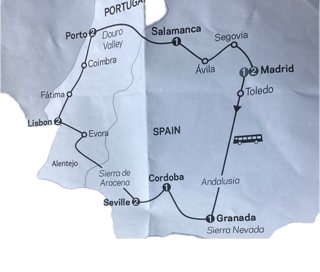








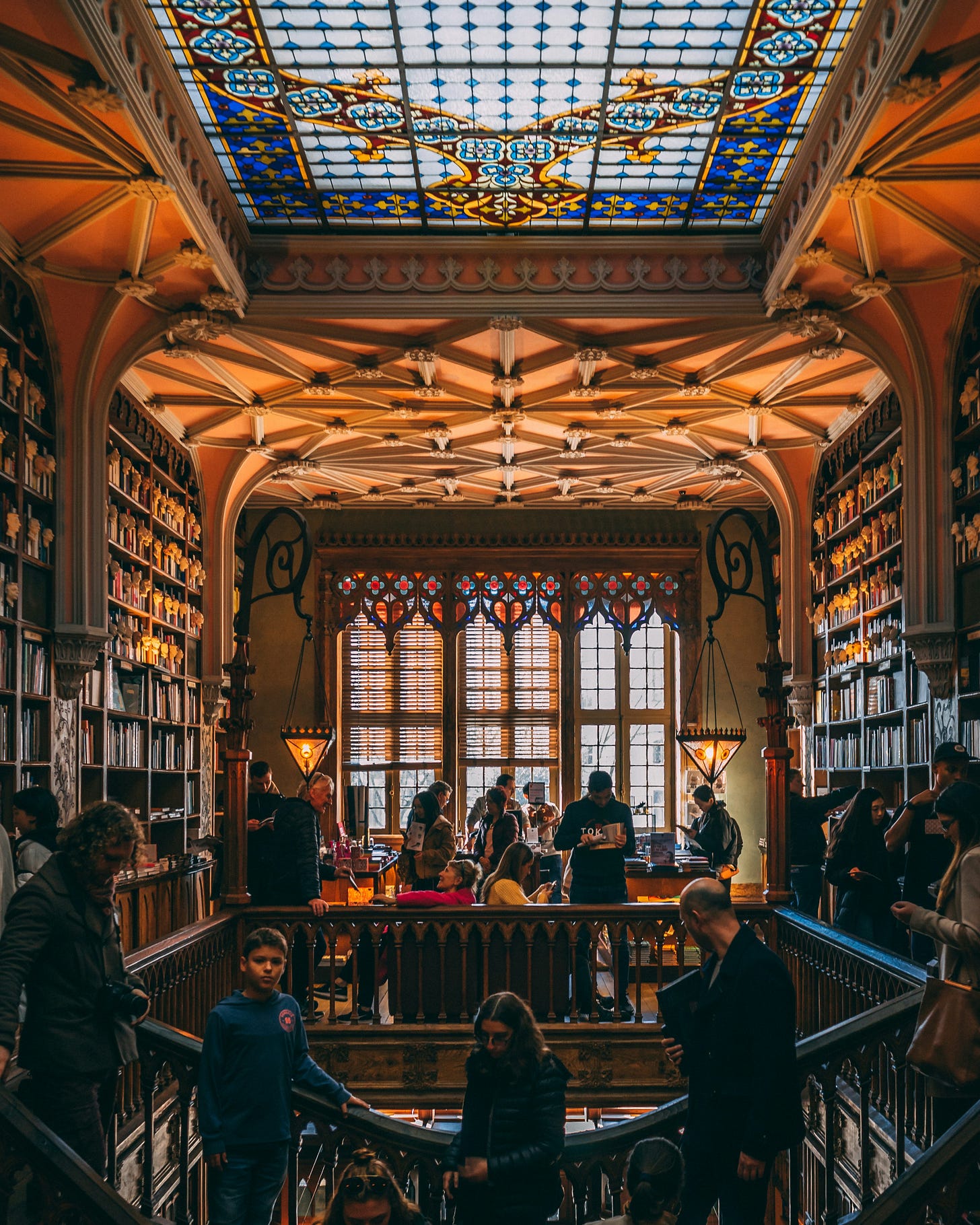







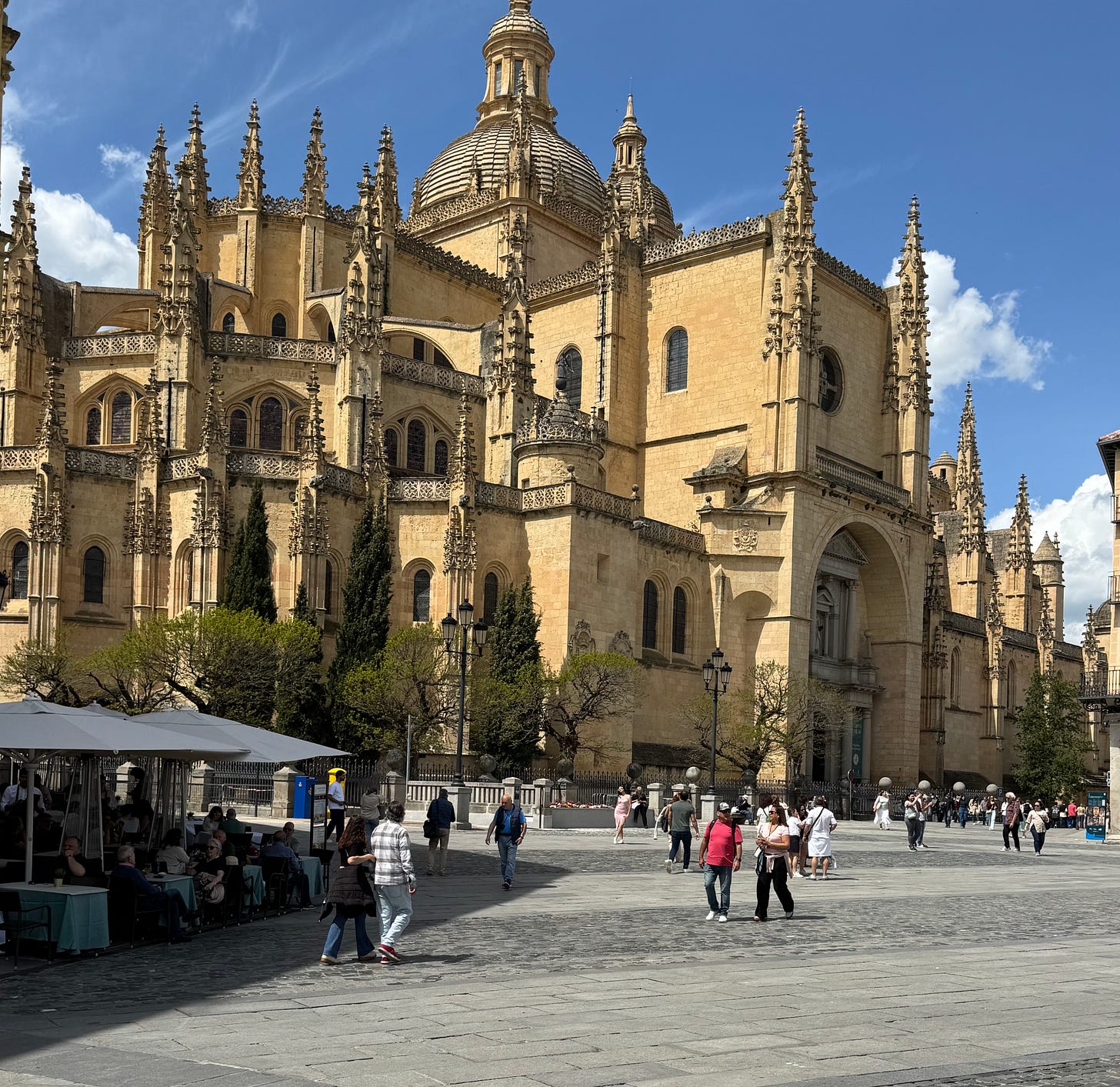
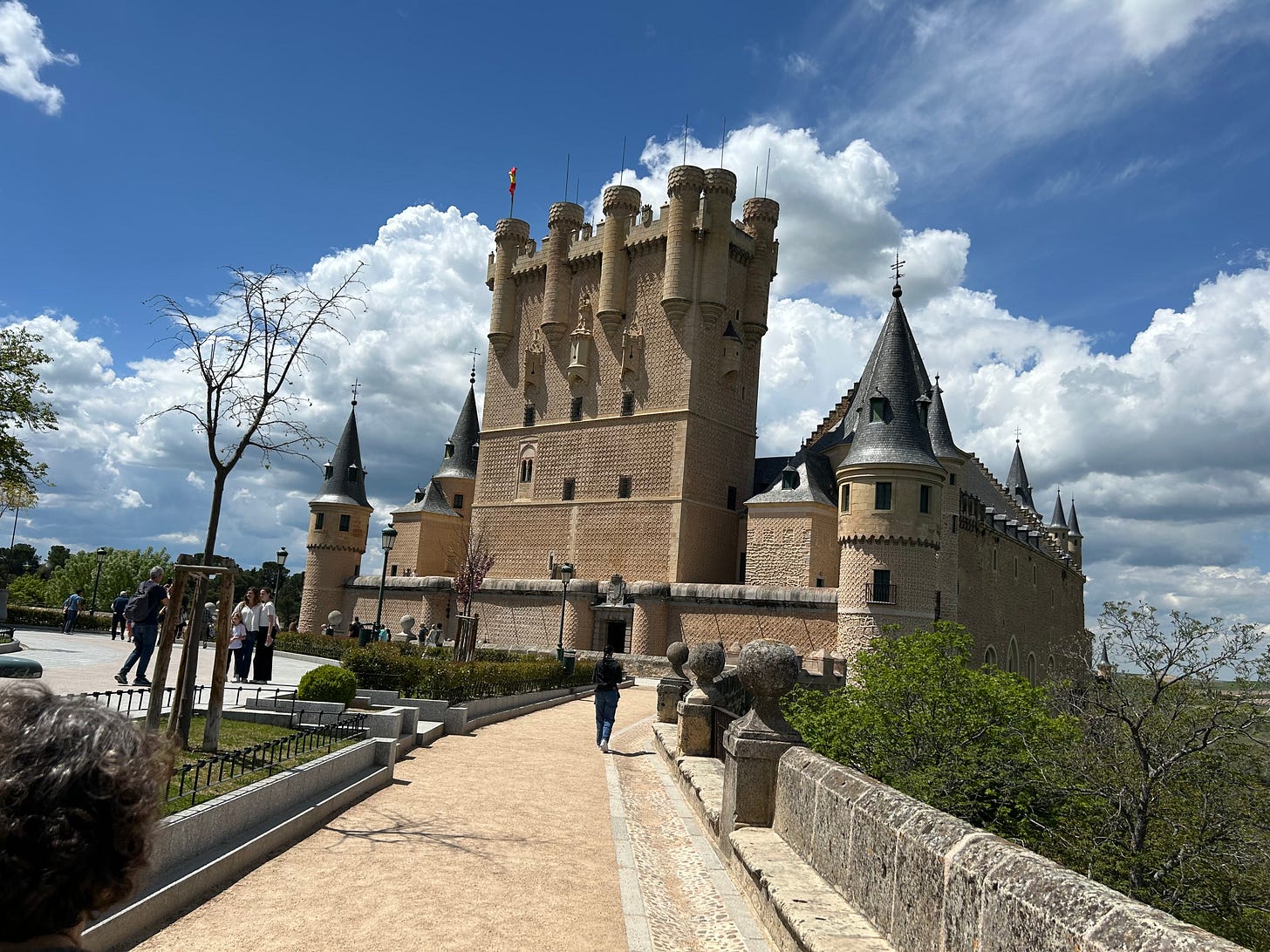

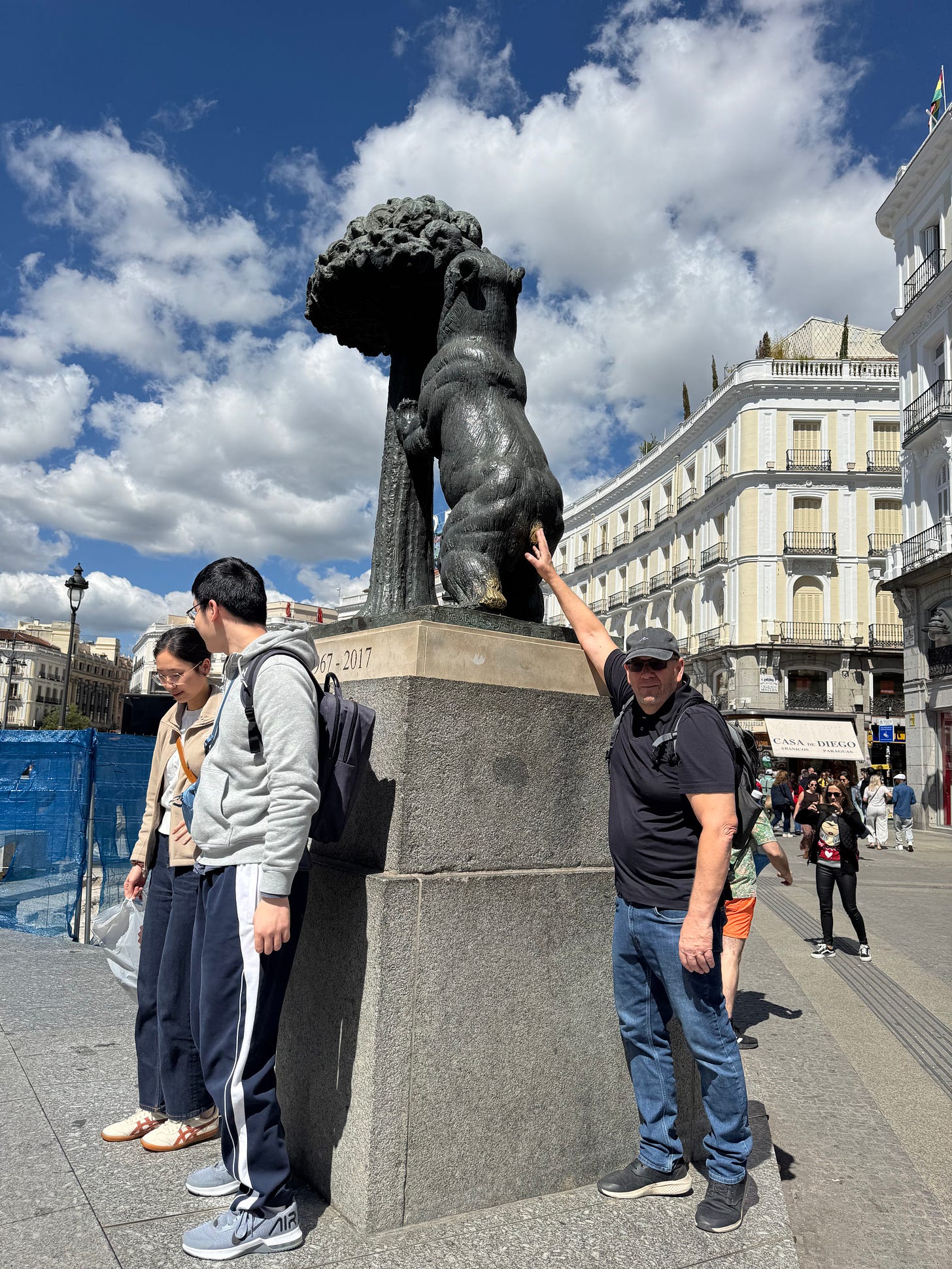


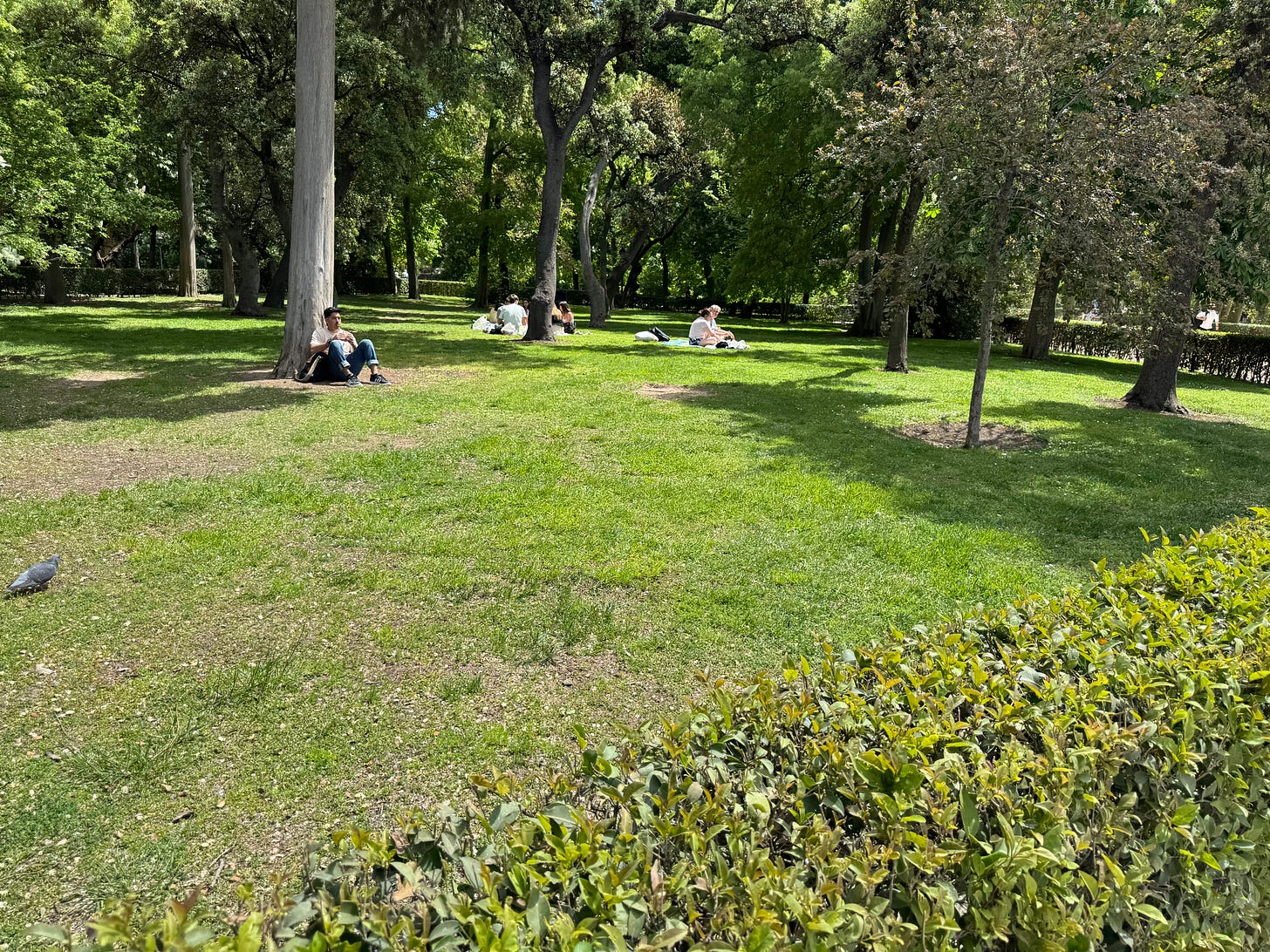
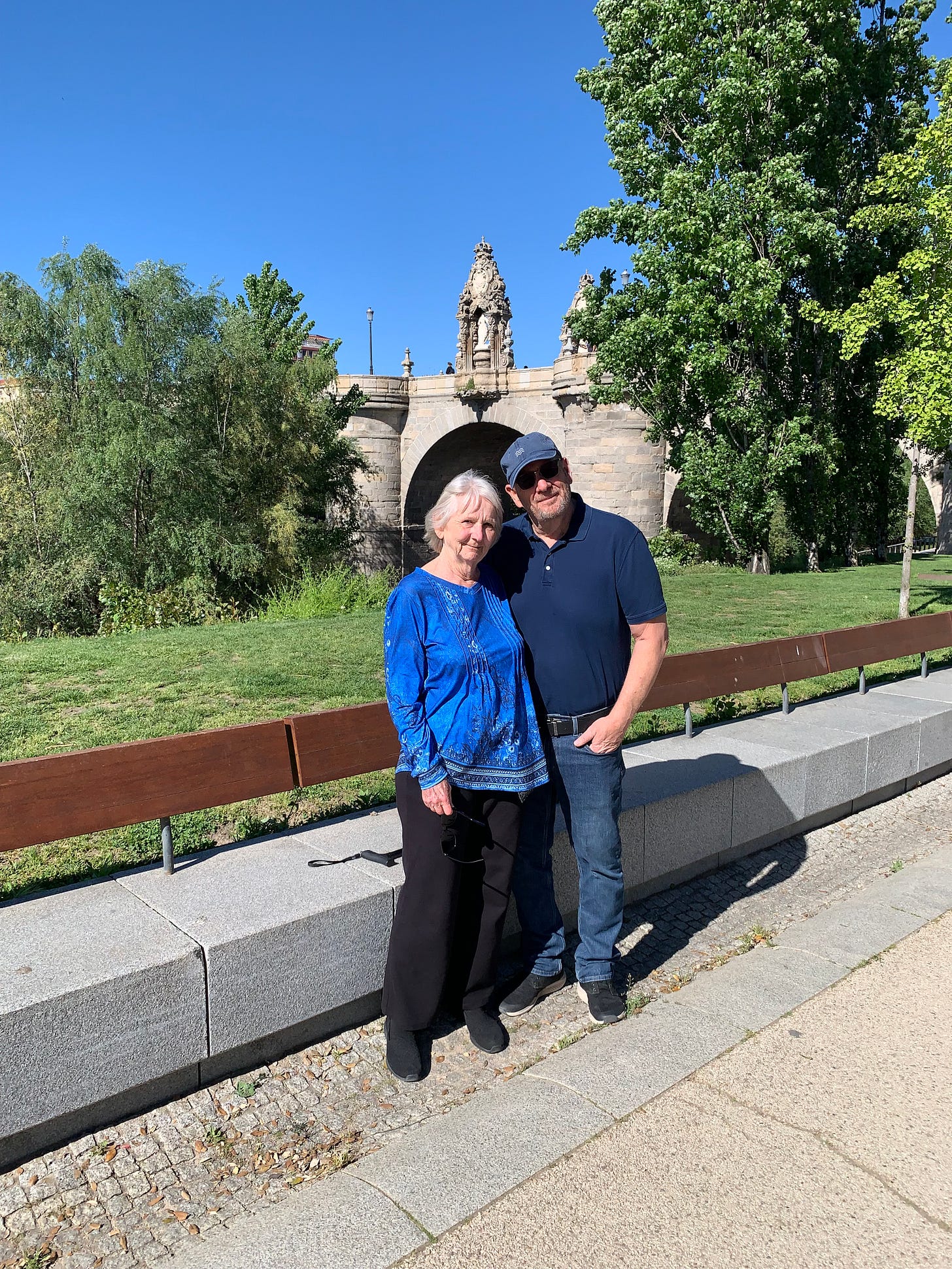
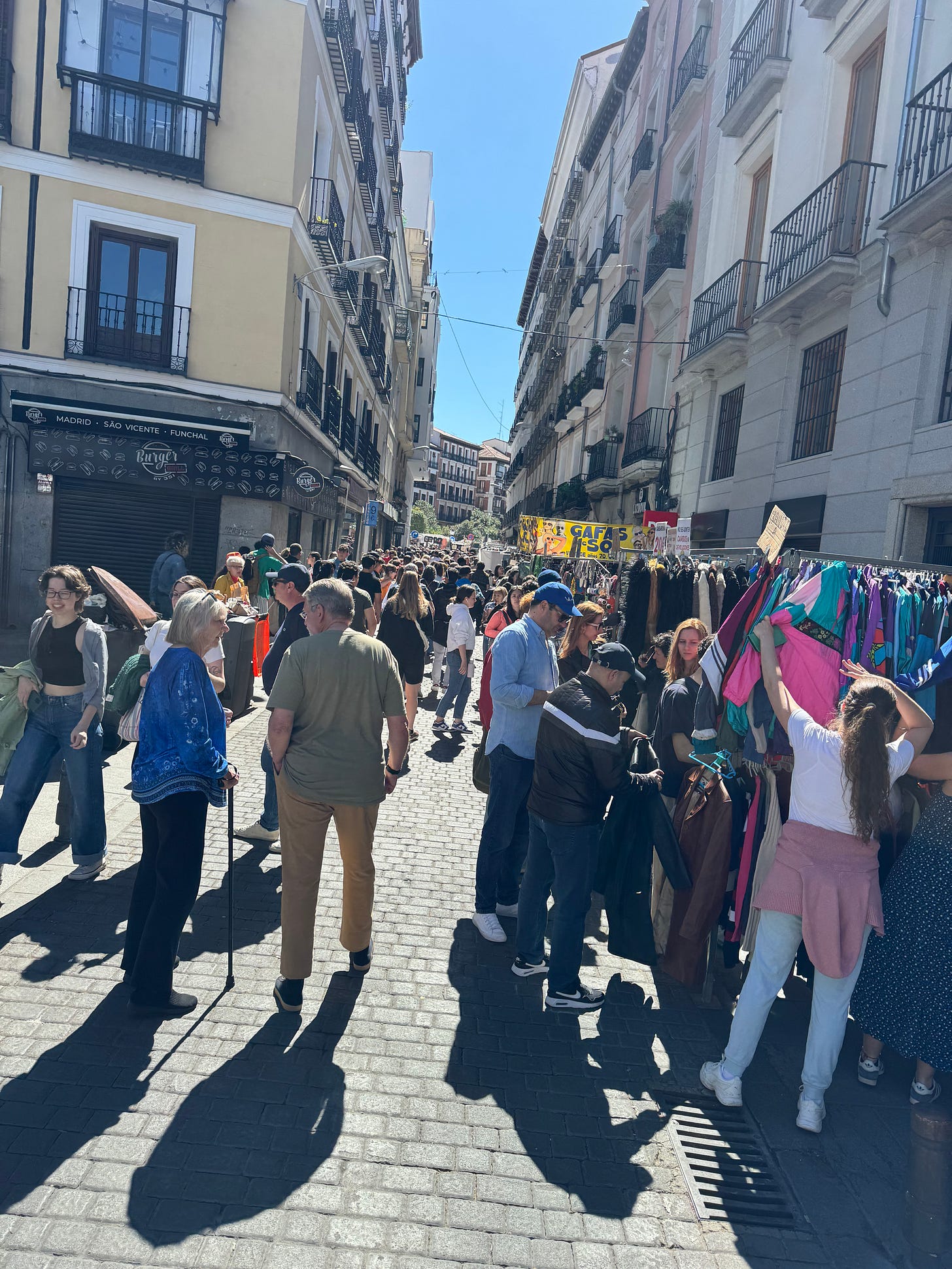

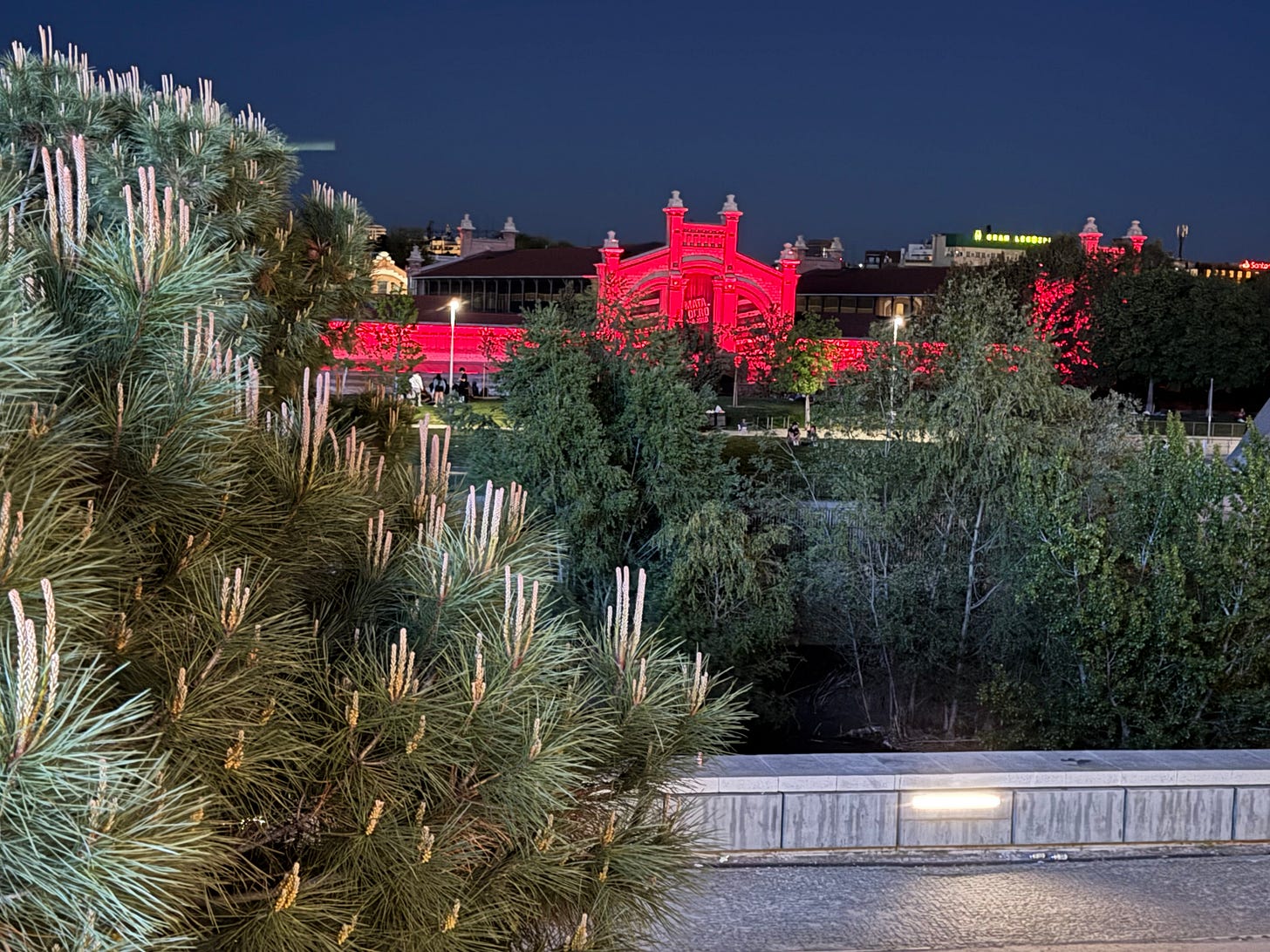
Awesome stuff and nice photos!
Very nice, Bill!